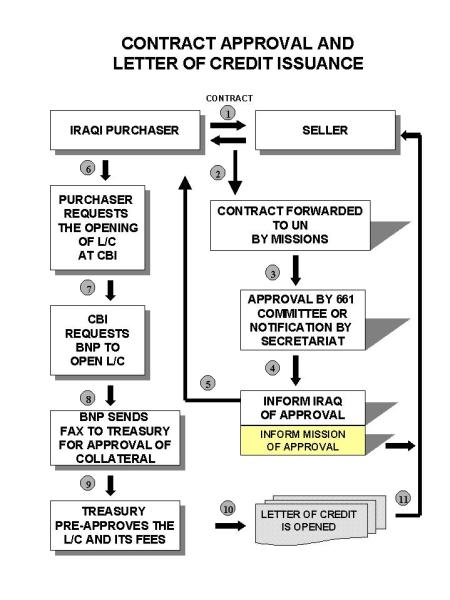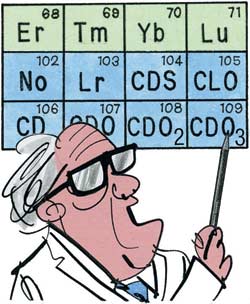Trade finance
It refers to the various terms of financial support and financial transactions used in international trade. Trade finance uses a range of instruments to provide finance to exporters and importers, including documentary credits such as letters of credit.

It’s a science that describes the management of money, banking, credit, investments and assets for international trade transactions.
It is the mechanisms by which firms engaged in trade cover its costs, including borrowing, forfaiting, etc. It is an imprecise term covering a number of different activities like seasonal and stocking finance, as well as import and export finance and funding for large one-off transactions. Financial techniques used to fund the manufacture, sale and delivery of goods to foreign buyers. Trade finance also includes techniques that are used to monetize accounts receivables that result from international commercial transactions.



 Posted by riya13
Posted by riya13 


